How to prepare for off the grid camping in Kgalagadi
The Kgalagadi Transfrontier Park – Botswana
Off the grid camping requires some planning and preparation
Off grid camping - Kgalagadi
When you mention the Kalahari one envisages remote and deserted spaces; red sand dunes and wild animals. A section of it homes the Kgalagadi Transfrontier Park and a few years ago we camped on the South African side. This year we’ve been given the opportunity to go with friends and camp on the Botswana side. It boasts basic unfenced campsites which means off the grid camping. What does this entail?
The Kalahari or Kgalagadi is an enormous area that straddles South Africa, Namibia and Botswana. Within this region is the Kgalagadi Transfrontier Park that shoulders the eastern to south-eastern border of Namibia.
A dune road through the Kgalagadi Transfrontier Park
The park is vast at 38 000 km² and overlaps South Africa and Botswana. It has traditional rest camps, safari tents, wilderness camps and a luxury safari lodge on the South African side. Most of those are easily accessible but can take time to get to.
On the Botswana side of the park there are only sand roads where 4-wheel drive is essential and takes even longer to traverse. One must take this into account when planning the logistics of camping there. I will be highlighting facts that I have picked up while planning for our trip to the Botswana side.
Gravel road in Kgalagadi
7 things to consider when wanting to camp off grid on the wild side of Kgalagadi, Botswana
Fuel
Water
Electric power
Nature calls.
Food
Communication
Refuse
A vehicle leaving behind a trail of Kalahari dust
1. Fuel:
It is necessary to calculate the fuel required. There is only fuel available on the South African side or a distance outside the park on the Botswana side. Keep in mind the terrain you will be traveling and your position. Although not all distances are long, the terrain may cause fuel to be guzzled. Allow for enough to get to the nearest petrol station. At times, pumps have been known to run dry, so it is a good idea to have a reserve supply.
2. Water:
Water is a rare commodity in the Kgalagadi. The main camps on the South African side have water but may not always be palatable drinking water – however you should be able to buy at the shops at those camps. It would be advisable to bring enough drinking water for the Botswana side as water is limited to certain camps or at the main entrance from Botswana. Don’t expect hot water either. So no standing for hours under the shower or soaking in a luxurious bath.
3. Electric power
There is no electric power at the unfenced camps in Botswana. How do you keep your meat frozen or your wine cold? That’s an entire topic that could be discussed on its own. Suffice to say we will be using solar panels, inverters and spare batteries to keep one fridge/freezer running and some electronic equipment such as cameras and torches (which is essential) charged from time to time. Cell phones? That’s another story. See point 6 – communication.
4. Nature calls
On to a delicate matter – when nature calls. You have a choice of a long drop otherwise known as pit toilet. That’s it. When nature calls in the middle of the night… I would advise you invest in a portable loo if you don’t want to use the pit toilet. Here are the choices:
The pit toilet. I have heard it’s disgusting. I’m not opposed to using a pit toilet and have done so in the past, but those were usually clean and well maintained. These apparently are not always the case. Besides, you won’t find me walking outside in the dark.
Bucket with a lid, pool noodle and a toilet seat. Pinterest has some great ideas for homemade portable loos.
Sitting on your haunches in the bush. I’m not sure if that is allowed, but I for one, wouldn’t want to be reacting to another call of nature while in a compromised position and have the possibility of a lion sampling a piece of my rump even though there is enough for him to bite a sizable chunk for his dinner.
Portable camping toilets. They are quite expensive but sometimes I think worth the price.
5. Food
A camping fridge or freezer has limited space. Plan your meals carefully. Have a few emergency tinned foods or instant meals to rely on.
6. Communication
There is no cell reception in most of the park. The only places that I am aware of are Twee Rivieren and Mata Mata on the South African side. If you need to communicate, it would be advisable to have a satellite phone.
7. Refuse
Minimise your refuse as apparently it is not collected on a regular basis and if possible place it in a strong bag, seal it and take it back with you.
Gemsbok and Secretary bird
There are many more factors to consider, I’m sure, so if you have any suggestions, let me know. Here are a few more tips.
Cheetah
Pro tips:
Remember that fuel, water and other liquids are heavy. Everything you take with adds extra weight which can be a disadvantage when driving through soft sand over the dunes.
A couple of extras to take with: Tools, puncture repair kit, duct tape, medical aid kit.
Precook some meals to heat quickly for those nights when a lion is prowling around your campsite. Or rely on a few snack bars!
Snake crossing the road
Does this sound like an ideal trip to you? And I let myself be talked into this! Do you think I’m crazy? I’m beginning to think so…
In need of packing lists for those off road and road trip adventures? Take a look at the blogs below.
Related posts:
What you need to know about Kgalagadi Transfrontier Park - South African
What you can experience in the Kgalagadi - South Africa
Itinerary and route to Kgalagadi Transfrontier Park
High jinks of a jackal at Rooiputs campsite Kgalagadi Botswana
Why it is worth spending time at Polentswa waterhole
How to be on high alert for predators at Polentswa Kgalagadi
Other camping related posts:
Food Hacks and Cheat sheet for camping
Where is the Kgalagadi Transfrontier Park?
Step by step instructions on how to leave a comment on my blog:
Type in your comment in the comment box.
Click ‘Post Comment’
Briefly a message should appear saying you are not logged in, then a box with ‘Post a Comment’ will appear for you to complete with your name, email address and website URL (if you have one).
Fill in your first name and email address in the appropriate section. (Your email will not be made public and will not be used for any other purpose than for you to get a notification of a reply to your comment.)
Click ‘Comment as Guest’ and you’re good to go!
To subscribe to my blogs, please fill out the SUBSCRIBE form.
Thank you.
I know it is quite a process, but it helps keep our websites secure. Your email address will not be shared or displayed.







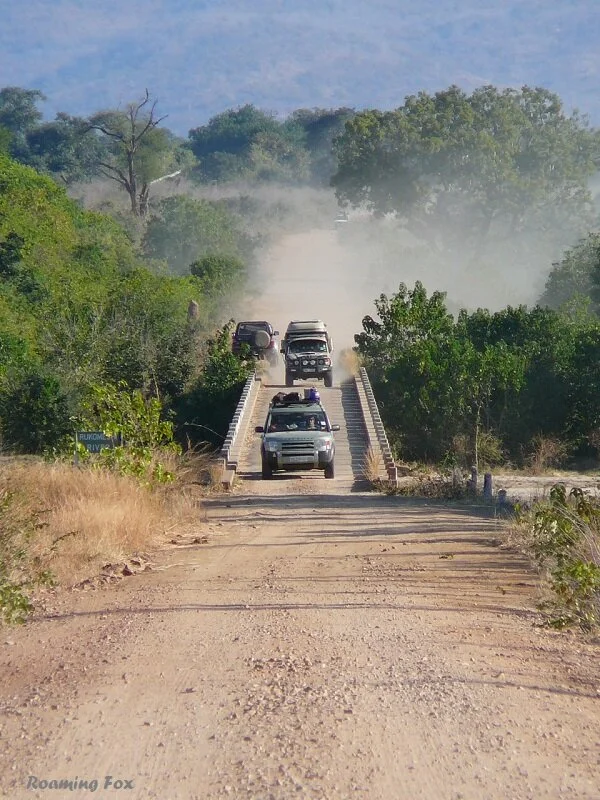




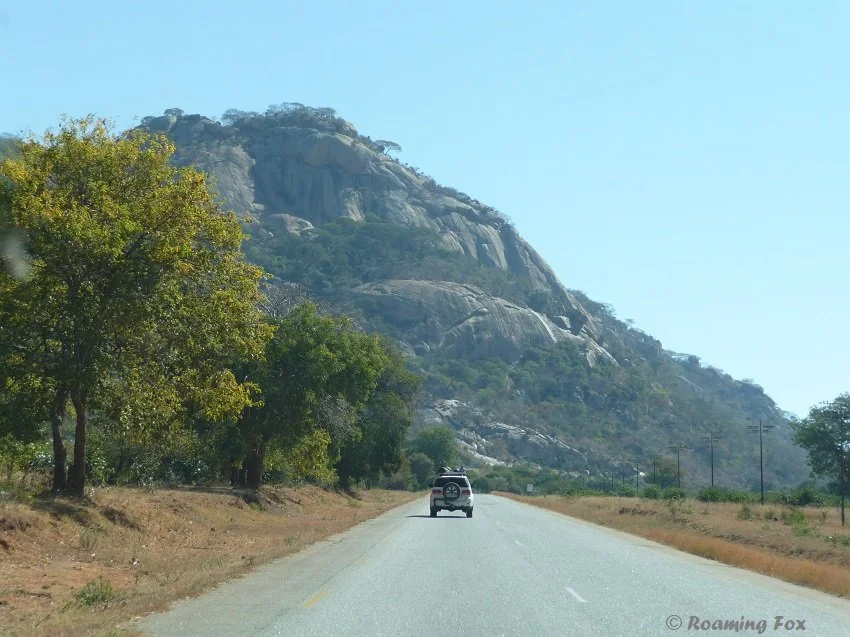
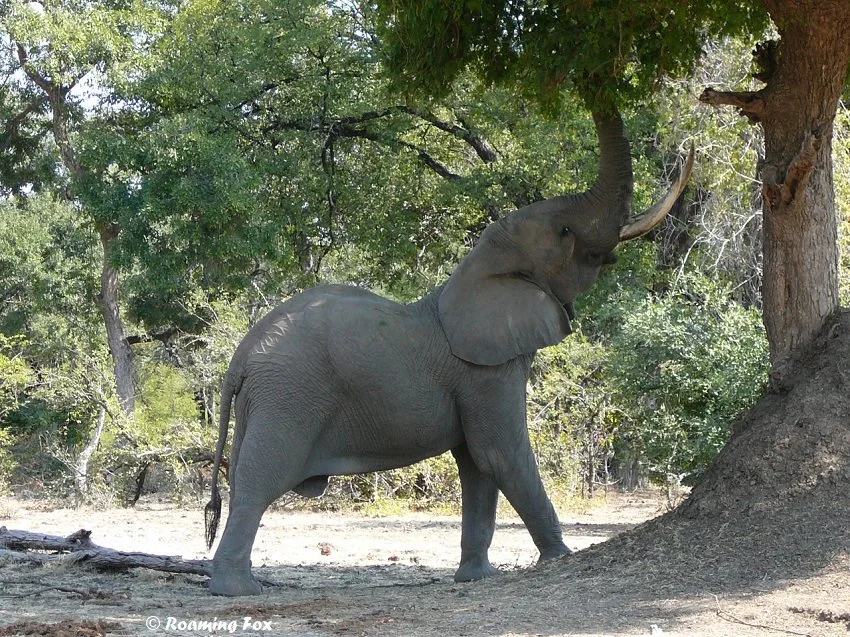



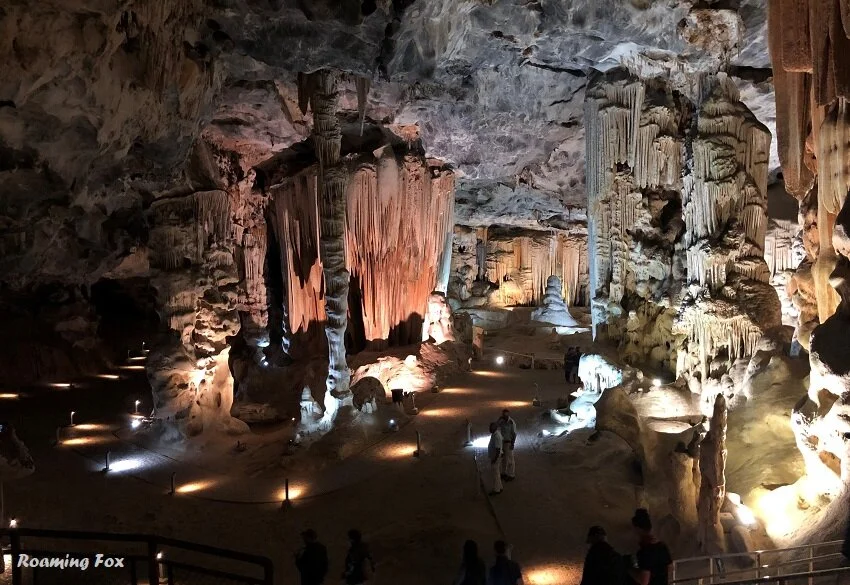
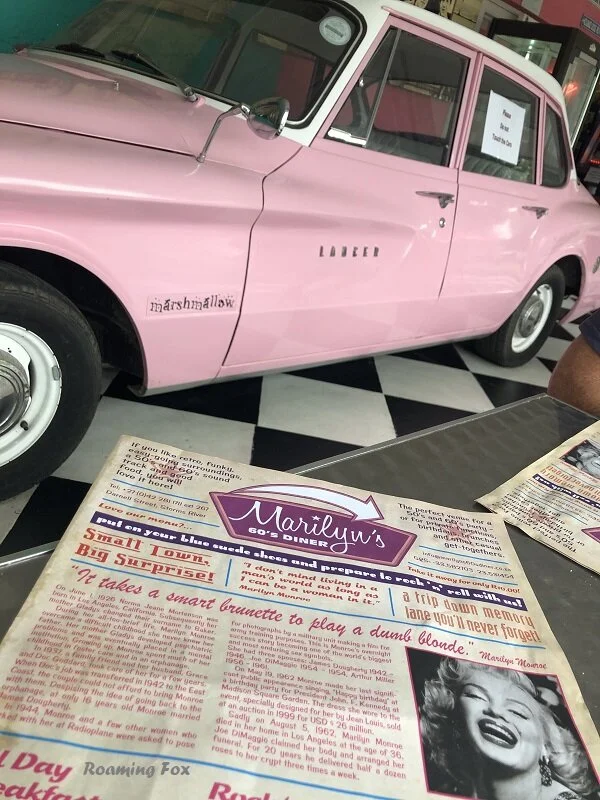

The stress of packing or planning for an international trip can dampen your enthusiasm especially if this is the first time you are venturing halfway around the world or even to one of your neighbouring countries.